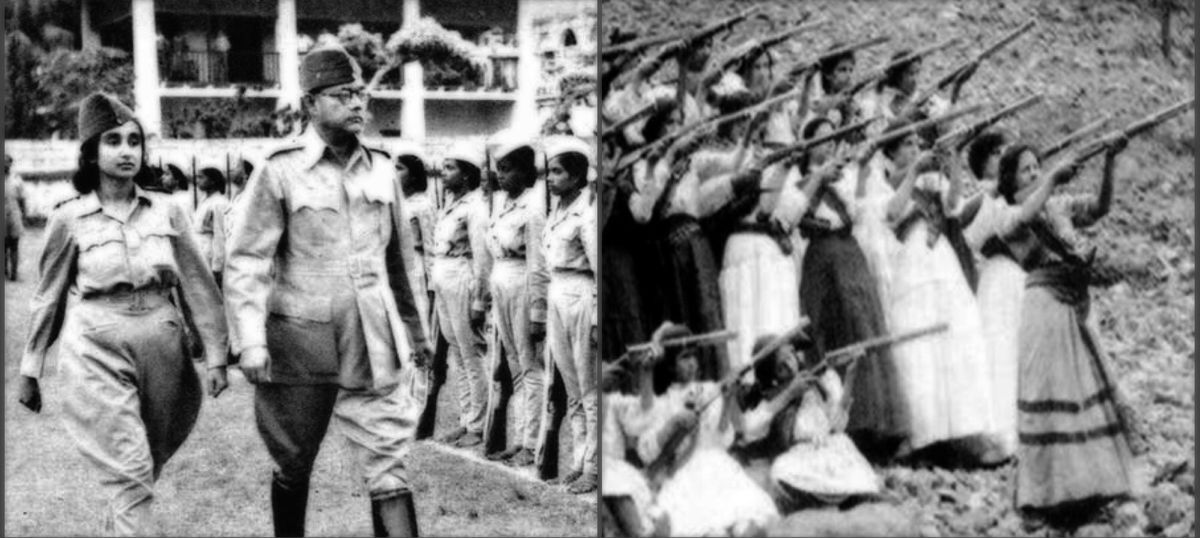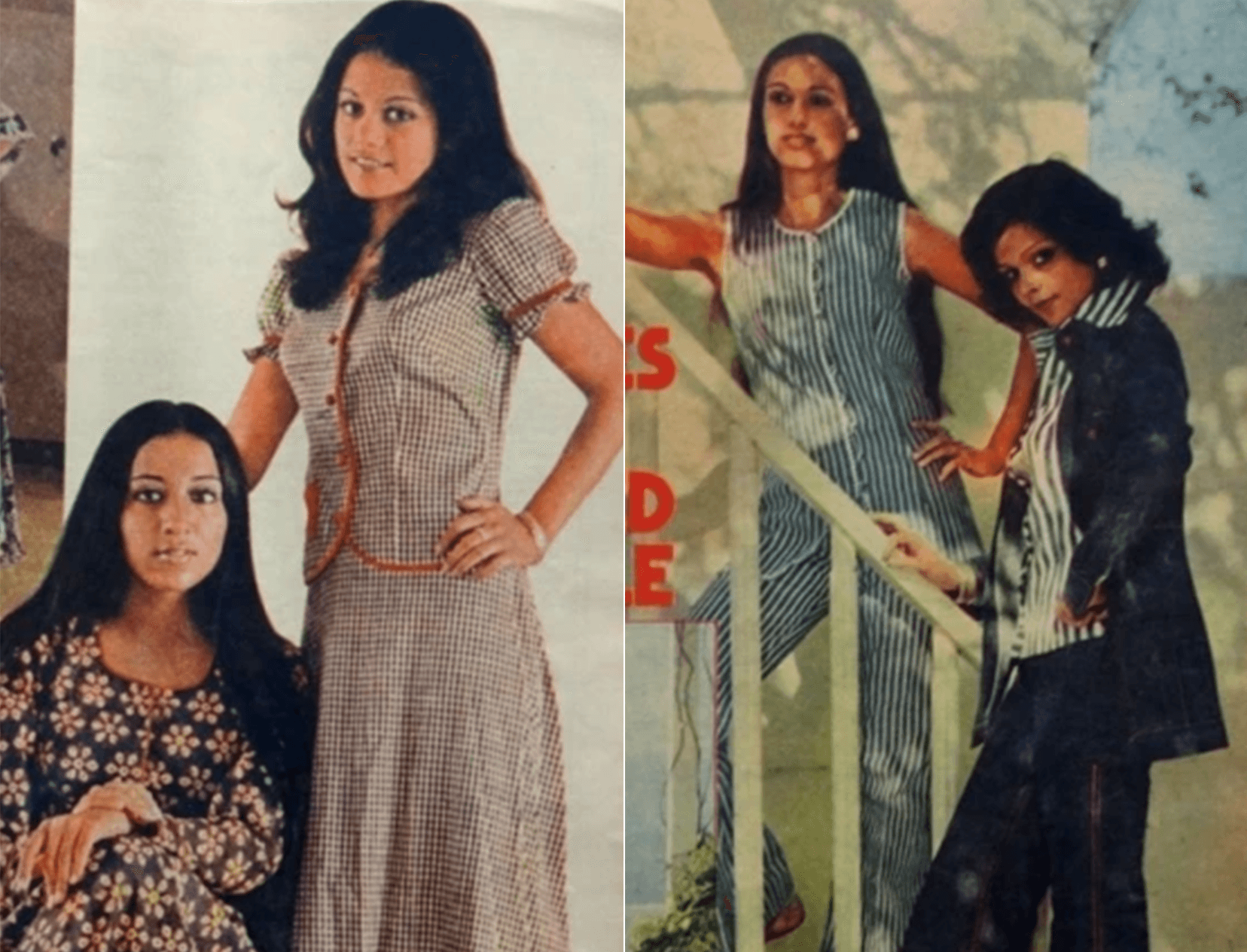The thread of Indian fashion has been woven through our lives and souls, generation after generation. It has stitched together cultures, people from various sects, demographics and even countries. It harbors a tendency to transcend borders and flow into ideologies more than lifestyles. Fashion has never been stagnant and that is its greatest virtue as it has always evolved into something more than just clothes.

Fashion has been a catalyst of expression and a means of some form of control. It has always been a medium through which the artist or the wearer conveyed meaning, art, feelings and at times even led rebellions. However, the intricate embroidery on our clothes doesn’t just tell the tales of all the hands behind making them, it also tells the tales of where we started from and how far we have come. And we believe you should give this tale a read-
The Age of Civilizations and Vedas & Puranas

Indian fashion can be traced as far back as to the Indus Valley Civilization and the Vedic Era, when women used to wear dhoti styled sarees without petticoats. Just a long piece of continuous fabric wrapped around their body with a combination of clothe belts to secure the fabric. The saree used to be this piece of fabric to be worn as clothing and not necessarily to cover which symbolizes how there was no societal stigmas attached to dressing or the concept of “provocative dressing” for that mater. The concept of clothing was not attached to the ideals of modesty but rather with accentuating the highlighting the attributes of beauty.
The Medieval Age

Then came the Medieval Period of time where the singular long piece of fabric was replaced by Lehengas and Ghararas under different respective rulers. While this might seem to you like and upgrade- from a single piece of wrapped fabric to beautifully embellished lehengas, it is hard to believe that it wasn’t one step forward and two steps back. As the dependability of women on men relatively increased from the early Civilizations Era to the Medieval Era, the accessibility in their clothes decreased significantly. Although they still resembled the ones worn by men in appearance, but were nowhere close to them in functionality. With the heavy adornments and jewelry, women could barely catch a breather and same was the case with Western clothing. The boney, rigid corsets paired with satin chemise and long gown dresses weren’t exactly the most female-friendly either.
The Advent of The British and Their Fashion

In the British Rule though, there was a significant shift in the fashion stream. Taking notes from the West, women adopted petticoats and blouses to wear with their sarees, lighter fabrics like linen, chiffon, silk, satin, cotton, with minimal jewelry. The departure from more traditional dressing symbolized a pent up desire for change and freedom which was channeled through fashion. Many women accepted Westernized ways of draping saree as a sign of modernization but was it really “modern” to add petticoats and blouses to them? Or was it done to limit women under the statute of modesty and sober up the barbarian & seemingly improper way of the Ancient Indian Drape?

The Anglo fashion thus introduced by the British was only available to the upper classes which in turn heavily impacted the caste system and their way of dressing. For instance, the British style drape was only worn by women of higher society. The new style of draping came with perks like movement and being able to breathe without any choking hazard but it also came with its own set of rules to chain women back.

However, gradually as women started getting more active in the freedom struggle, their choice of clothing too became rebellious to portray their disobedience to societal norms and non-cooperation with any set standards. With increasing number of women partaking in the fight for freedom, the nation witnessed a huge number of women stepping into the shoes of their male contemporaries are donning pants & shirts; especially the ones who joined INA. Though it could hardly be considered as a fashion choice to be wearing the uniform but either way, women marched through it.
Post Independence Fashion

During the post-independence period, the initial years were full of turmoil and economical stagnation which reflected heavily in the fashion sector as there was a bloom in homegrown cotton and simple woven, light sarees. But in the upcoming years, women’s fashion saw all sorts of changes and modifications, from drapes to shades, everything was experimented with. This was a direct signification of how women in that period too were experimenting with their individual identities and were trying to step out of the mold constructed by society. This movement hosted influences from other countries, the urban and the rural economies, professions and even the movies especially bollywood films of the times had vast influence on day to day fashion .
The Mash With Overseas Fashion

Finally, with the doors of the country opening to other nations, the fashion train too experienced inflow of Western influence but this time with much more variety. There were new inventions, dresses, styles, fabrics, accessories to go with them, in short- the entire ecosystem. There seemed to be a sense of persona attached to these clothes that armed women with a purpose. This was the period where fashion started celebrating women and adapting to the needs and wants of a daily-day woman. Hence, it also focused on making fashion accessible to most if not all classes.

This tapestry of evolution of fashion for Indian women has meandered its way through time and now stands tall as a flourishing industry working towards accessible and inclusive fashion. But this evolution doesn’t only define the journey of fashion through the ages but also women through generations. It molded itself to align with the means of women and became a channel of expression. Fashion has dripped through the confines of strict traditions and entered the realm of innovation where it started amplifying the expression of any and every woman who donned it. And speaking of innovations in fashion, my favorite will always be POCKETS!



